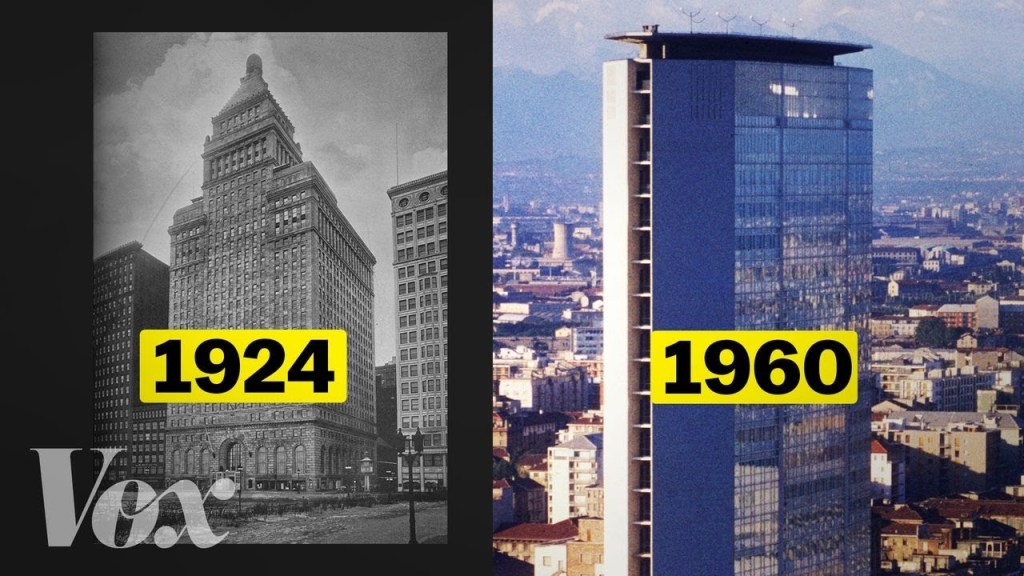Electricity, insulation, and economics all came together in a very short period of time to shape how we live and work. Before electricity, big glass windows were a necessary evil. We needed their natural light to see, even though glass allowed heat to escape in the winter and invade during summer. With electricity and artificial light, that lack of insulation was too costly, and new structures relied more on non-glass materials.
In 1934, the Libby Owens Ford Glass Company patented an insulated glass called Thermopane. Competitors soon followed and with insulated glass, builders could finally control electrical costs while maintaining the aesthetic and natural light of big glass windows and doors.
Architects began blending rooms, breaking the barrier between inside and outside, offering workspaces with breathtaking views, and forging the landscape we see today.

